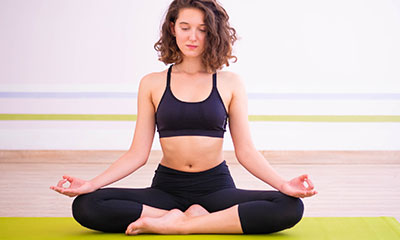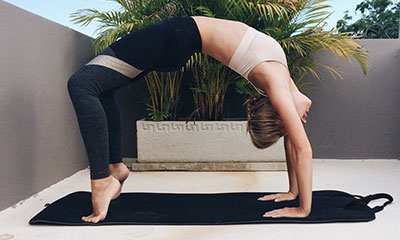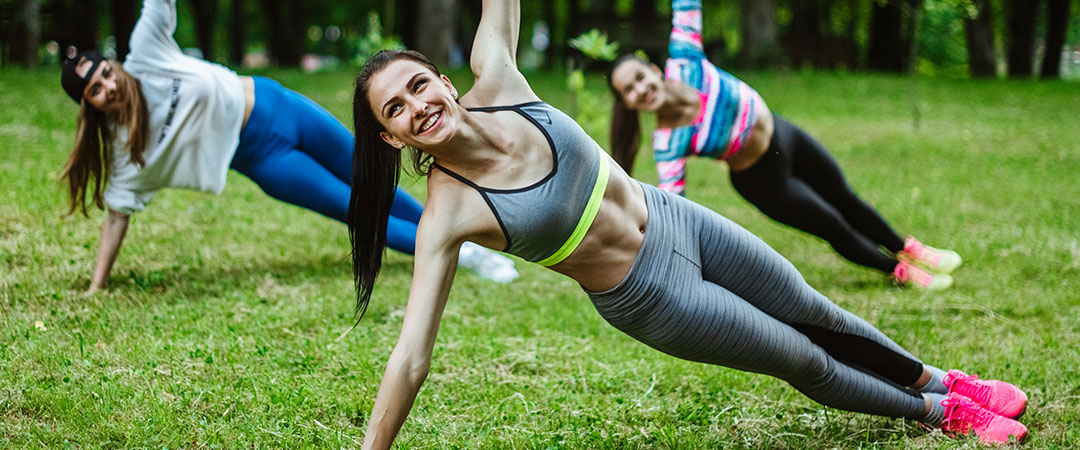Introduction
It’s no surprise that the practice of yoga has grown in popularity over the last couple of decades. It has several benefits like core strengthening and improved flexibility. However, yoga has several poses and positions that can get a little confusing when choosing what poses to do to achieve your goals. Whether you are just starting out, or are looking to raise the bar during your yoga, this is the post for you.
A brief history on the origin of yoga
Modern yoga as we know it is a combination of different poses and forms, evolved over centuries and modified by different practitioners. Take the first ever recorded instance of yoga, which dates as far back as the 2nd century which, although it was not clearly described as yoga, involved a sitting posture described to require a steady form and comfort. The form was assumed for meditation, not unlike what we have today. In about the 11th century, there was a description of a non-seated pose in which the practitioner balances on the hands. As the centuries passed, yoga became more evolved, and more adapted to modern cultures like ours.
Simple forms
Even though yoga has changed over the years, there are simple poses that have remained relatively constant through the ages, retaining their simplicity and form.
 Here are 5 of those simple forms that can be incorporated into your daily routine
Here are 5 of those simple forms that can be incorporated into your daily routine
- Lotus Position: The lotus is one of the most fundamental positions in yoga, with a long history like we discussed. The lotus has a special position among all the stretches and positions not just because it is the oldest, but also because it is key to meditation, which is a big part of yoga.
To enter the sitting position:
- Sit on the mat with your legs and your back straight
- Fold your legs so that your feet now rest under your thigh as you relax and let your feet rest comfortably on the floor.
- Cow position: The cow position is also a relatively easy position to attain. It is especially good for stretching and relaxing the back muscles as it involves stretching the vertebrae (back bone) and the spinal muscles.
To perform the cow position,
- Start by kneeling on all fours (hands directly beneath shoulders, and knees directly beneath the hips)
- Breath in and turn your head upwards as if to look at the ceiling, forming an upward facing curve with your back (the hollow facing upwards)
- Breath out and return to the neutral position
- Repeat as necessary
- Child Position: The child pose is different from the cow position, only because it stretches the back in the opposite direction, as well as the neck, arms, and legs. It also tones and strengthens the core muscles, giving a mild general body stretch. The child pose is especially good in situations where you don’t have a lot of time during the session. It is a great pose for stretching a lot of areas at once.
To enter the child position:
- Kneel on all fours like in the cow position
- Lower your hips so your thighs touch your calves
- Lean forward, and extend your arms so your elbow and hands touch the mat
- Maintain the position for the desired length of time
- Repeat
 Bridge pose: So named because of the way the body resembles a bridge when done correctly. The bridge position can be considered the opposite of the child’s pose because here, the back is active and extended, with the hips and knees flexed and bearing most of the body’s weight. The bridge is good for stretching the abdominal muscles and the thighs.
Bridge pose: So named because of the way the body resembles a bridge when done correctly. The bridge position can be considered the opposite of the child’s pose because here, the back is active and extended, with the hips and knees flexed and bearing most of the body’s weight. The bridge is good for stretching the abdominal muscles and the thighs.
To enter the bridge position:
- Lie flat on your back and bend your knees
- With your bent knees, elevate your body so your buttocks and lower back lift off the mat
- Bring your arms forward so they are positioned directly beneath your body
- Be sure to keep your upper back and head on the mat during the pose
- Hold for as long as necessary and repeat as desired
- Repeat
- Locust Position: The locust position is an intermediate level position, because of the core strength it requires to execute. It is very similar to the “superman” in resistance training. While the superman is for strength building, the locust is for stretching and relaxation. It concentrates on the arms, legs and upper back.
To enter the locust position:
- Lie on your chest with your arms and legs stretched out on the mat
- Lift your legs from the hip off the mat, while simultaneously lifting your head, arms, and upper chest
- Maintain the position for the desired length of time
- Repeat
Incorporate these stretches and positions into your daily routine to increase strength, flexibility, and improve inner-peace. Let us know what you think!



